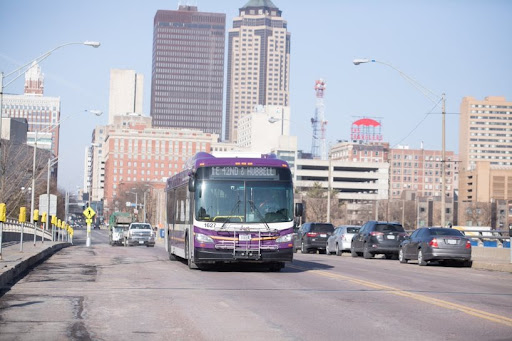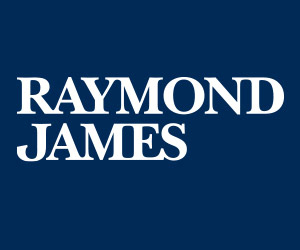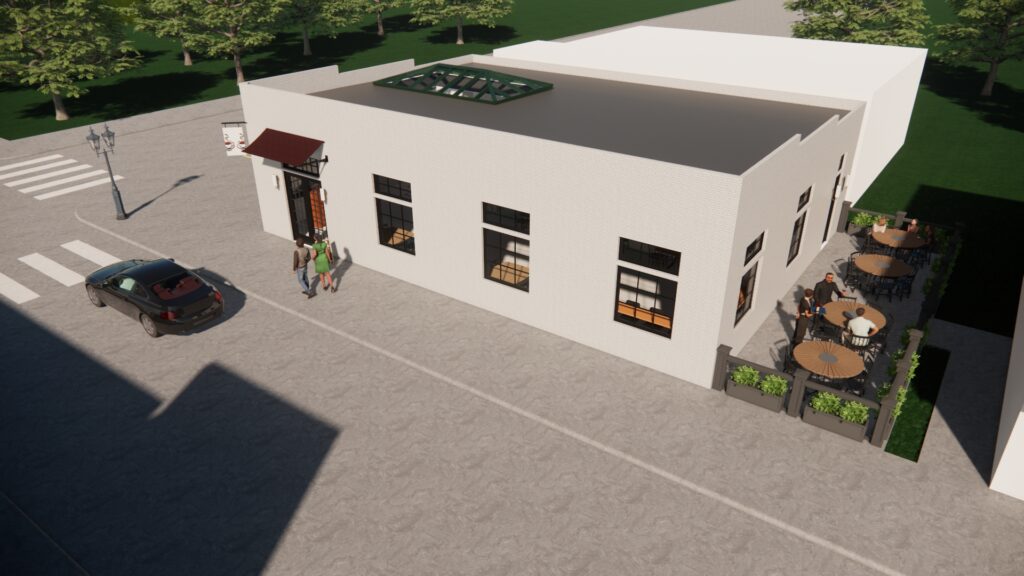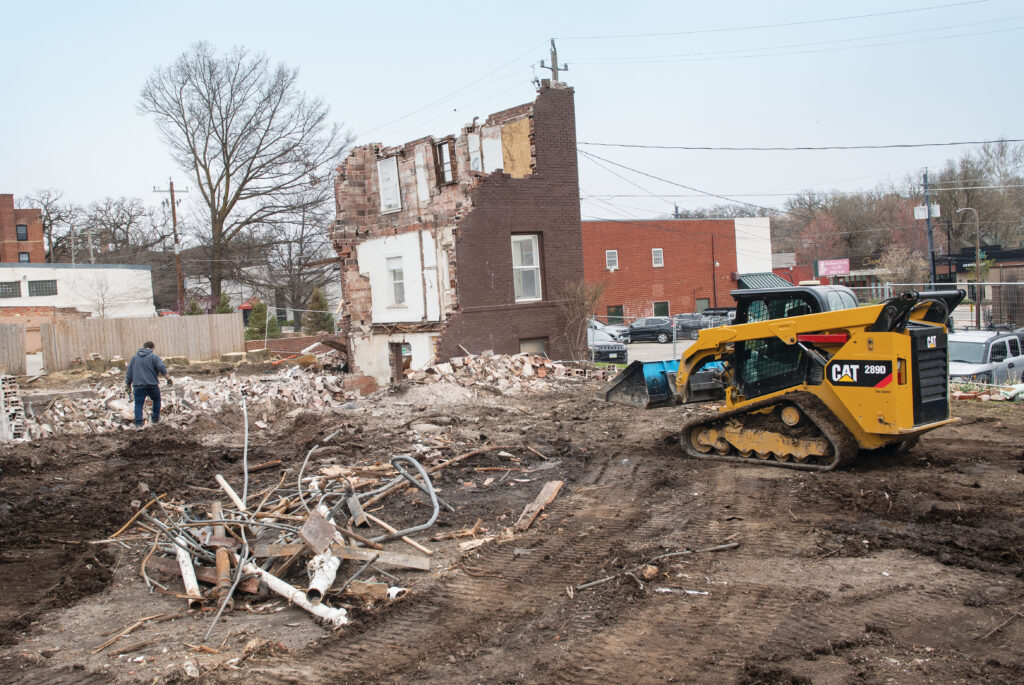DART launches public input phase of system redesign with two concepts aimed at achieving sustainability

The Des Moines Area Regional Transit Authority has announced a series of public input opportunities this month as it continues to move forward with its redesign of the regional transit system.
Officials with DART today launched the public input phase of the effort to redesign the bus system with the release of two concepts for what a new transit system could look like, and a survey to gauge what the public wants from a transit system.
It also released a schedule of eight opportunities, both in-person and virtually, for the public to give its input.
DART officially launched its “Reimagine DART” campaign late last summer with a goal of creating a transit system that will be sustainable for the next 10 years and beyond.
While DART has evolved and made some changes since it was formed in 2006, this is the first time the agency has stepped back and tackled a complete system redesign.
Besides adapting to how the region and ridership habits have changed, the system redesign will also address the agency’s budget challenges.
The DART board voted in October to award a contract to consulting firm Jarrett Walker + Associates in partnership with Transpo Group for the DART network redesign project.
The agreement calls for DART to pay the firm up to $870,000, with $600,000 coming from the agency’s capital budget — made up primarily of federal dollars — and $500,000 from grants from the Principal Foundation, Polk County, Delta Dental of Iowa, EMC Insurance and Mid-Iowa Health Foundation.
Now, with two concepts of what a redesigned system could look like in hand, it’s time to engage the public in the process.
The concepts
One concept that the public will see is a “ridership” concept. The other is a “coverage” concept.

“The conversation this month is about how do we allocate the resources we have?” said Erin Hockman, chief strategy officer at DART. “We have worked with our consulting team to develop these two very different concepts … just to illustrate what it would look like if our goal was to drive ridership.”
The “ridership” concept would focus on fewer bus routes with more frequent service. Those would run on main corridors where there are more people and destinations.
“That’s how you drive ridership, by providing fast, frequent service where there are a lot of people moving throughout the region,” Hockman said.
Under the ridership concept, there are fewer routes but they operate more frequently with a lot of 15-minute-frequency routes, a majority being 30-minute routes and a few hourly routes.
“In order to do this you do not serve as many places,” Hockman said. “So there are areas of the region that may lose service, or people may have to have a slightly longer walk to get to that more frequent service.”
Under the coverage concept, riders would have access to more service in more areas, but routes would run less frequently.
“The goal of the coverage concept is to serve as many people and places as possible,” Hockman said. “We really spread it out throughout the region, and to do that means the buses are not coming as often. So we see service in more places, but the service is less frequent.”
Hockman said the concepts are just that, and not actual proposals. They are designed as starting points for the conversation with the public during the upcoming public input sessions.
“Of course we want to hear from our transit riders who currently use the system, but even residents who do not use transit are impacted by DART because so many people who use DART are working in the service industry. So transit impacts your life in one way or another.”
That could be a person working at a grocery store or at a restaurant who depends on DART to get to work, Hockman said.
“Transit is an integral part of our community as well as our economy,” she said. “We really need everyone that lives in the region who is contributing tax dollars to help fund the service to contribute to a decision about how do we invest those dollars to achieve the goals we have for our community?” she said.
It’s important for the community to understand the impact DART has on the community and the local economy, Hockman said.
“Whether you ride it or not, it impacts your life,” she said. “DART provides 12,000 trips on a typical weekday, and we provided more than 3.5 million trips last fiscal year. We are helping connect workers to businesses all throughout Central Iowa, and that’s why we need input from everyone on how we prioritize our investment in public transit.”
Just the facts
- DART provided more than 3.5 million rides between July 2023 and June 2024. Ridership increased nearly 9% last year.
- DART serves 12 member communities: Altoona, Ankeny, Bondurant, Clive, Des Moines, Grimes, Johnston, Pleasant Hill, Polk County, Urbandale, West Des Moines and Windsor Heights. Grimes has given its notice to withdraw from DART and will no longer receive public transit service from DART beginning in June.
- Nearly 60% of its riders take the bus to and from work. Nine out of 10 DART trips allow people to earn or spend money.
- DART receives the majority of its operating funds from local property taxes (67%). Other funding includes 12% from fares and contracts, 11% from federal funding, 6% from the state, and 4% from other sources. It has an annual operating budget of about $42 million.
- 1%-2% of a property tax bill goes to fund the transit agency, ranging from $50 to $100 per year for someone who owns a $200,000 home.
- DART’s average annual expense growth rate has been 4.2%.
- 61% of DART riders do not have a working vehicle in their home.
- 61% of DART riders do not have a valid driver’s license.
- 85% of those who ride DART have a total household income of less than $50,000 a year.
Changes are coming
Hockman said DART is undertaking a once-in-a-generation opportunity to “transform how we connect people to vital destinations throughout Central Iowa.”
“We are designing a totally new bus network to meet our community’s goals today and how people are traveling,” she said. “The network is changing in the summer of 2026 and people have an opportunity to weigh in on what that new bus network should like.”
Hockman said no changes in service will be made before the summer of 2026.
“So the changes we’re talking about are more than a year away, but there are big changes coming,” she said
Hockman said DART will not be expanding service as a result of the “Reimagine DART” process, but that it does have an opportunity “to develop a really strong bus network that could be expanded in the future if the financial reality changes.”
“So it’s really about how we look at those resources and then design a system to meet the community’s goals and maximize the return on investment for what we’re spending on public transit,” she said.
The questions that need to be answered, she said, are how much transit service can the region afford, and where can resources be allocated to achieve the goals of the region?
The best-case scenario is that DART continues to provide the same level of service as it does now, but the DART board will look at options that reduce service, possibly by as much as 20%-25%, Hockman said.
Molly Cutler, co-owner of Cutler Development and a member of the Reimagine DART Advisory Cabinet, said that as a commercial developer she sees how critical access to public transit is for companies to succeed.
“Public transit is no longer just a convenience – it’s a fundamental part of a community’s appeal, sustainability and ability to adapt to the needs of both employers and employees. Investing in transit means investing in the future of our region,” Cutler said in an emailed statement.
Property tax reform
The property tax overhaul bills that are advancing in the Legislature will be a factor in DART’s plans, Hockman said.
If the bills are approved as written with a 2% cap on property tax revenue growth, DART would be required to reduce service between 30% and 40% over the next five years, she said.
The House and Senate Ways and Means subcommittees each voted last week to advance the bill in their chambers that would overhaul the state’s property tax system.
DART officials are in talks with state lawmakers about the effects the bills would have on the transit agency, and remain optimistic a compromise can be reached, Hockman said.
“We are having really good conversations with lawmakers that we will be able to get some degree of changes made in that bill that will minimize the impact to our service,” she said.
Next steps
After input is gathered from the public this month, the DART board will review the information and vote on a budget and priorities for a network design in May.
Once a draft network plan is written, there will be another opportunity for public input in August. The DART board will vote on a final network redesign plan in December, with a new network system beginning operation in the summer of 2026.
Whatever the result may be, DART will strive to provide the best service possible, Hockman said.
“Given all these financial realities, we are committed as we design a new bus network to maximizing the resources we have to provide the best service we can with whatever that final budget ends up being,” she said.

Michael Crumb
Michael Crumb is a senior staff writer at Business Record. He covers real estate and development and transportation.










